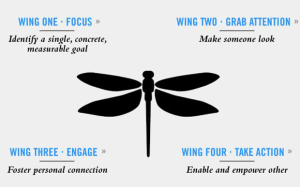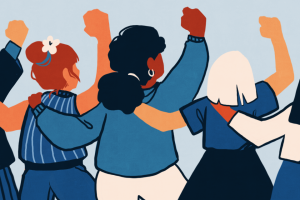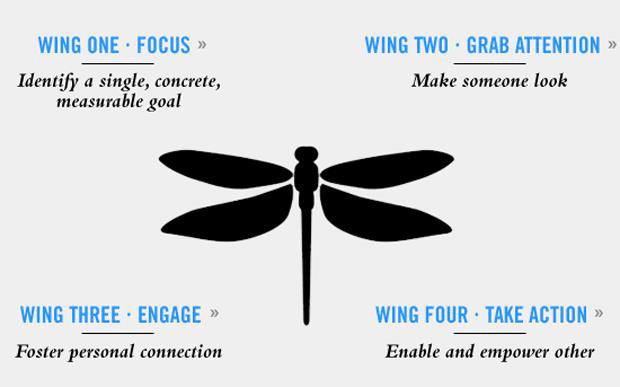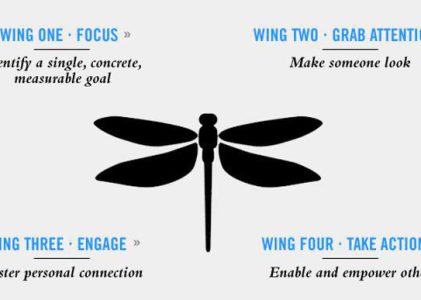Dear readers,
what creates change and why is change necessary? Who are the changemakers and why are they successful? This is what I have dedicated a good portion of the last decade to – and it’s probably something that I will not yet have fully understood in another few decades to come.
My name is Kerstin Tschernigg and I’m a trained international hard news journalist from Austria who through some horizontal shifting has ended up heading a two-team Corporate Communications merger in Singapore.
The TikTok video of me that you see beside this text is also my first TikTok video ever recorded, although one of the main parts of my job is to advise Fortune 500 companies on their social media strategies. I find this quite amusing, as this shows just how fast channel prerequisites change and how the learning of such is accelerated.

What fosters change online?
According to research, Gen Z (born after 1995) have an average attention span of just 8 seconds, which is 4 seconds shorter than millennials (born after 1979) – and the goal for any influencer/changemaker is to “cut through the noise” in short, snappy, information-packed pieces of information.
Peer-reviewed research by Robert Cox within the space of online communication with a special focus on environmental communications suggests that having an “impact” boils down to defining a crisis and it is driven by urgency. Although the exact components of “impact” are still defined and are seen as kind of the “holy grail” of online communication.
Aaker and Smith defined a model purely focused on social media “impact”, which the authors call “The Dragonfly Effect Model”, which is a model that describes the four wings of a dragonfly working in perfect synergy:

Wing 1: Focus
Carve out a goal that you will work toward in making your communication on social media stand out. Think along the lines of Barack Obama’s “Yes, we can!” slogan, which was an appeal to the American public to both agree with the suggestions and to unify the people.
Wing 2: Grab Attention
Ideate, prototype, and test. Viral videos can be one-hit wonders, but by measuring, testing, and creating learnings from previously well- and not too well-performing content, one can get a plethora of insights about what resonates with the target audience on social media and what doesn’t. Yes, even in 8 seconds. Actually, only the first 3 seconds are key.
Wing 3: Engage
Once you have got the attention of the people (yay!), think of ways you want them to agree to your cause or statement. This is when the one-way communication model turns into a two-way communication model. If we look at how not-for-profit organisations engage their target audiences, it’s most often through asking them to donate to their cause. They have set a very clear goal and have grabbed their attention – now they are shifting the focus on the reader/viewer to do their part.
Wing 4: Take action
Aaker and Smith describe this wing as “cultivating a movement” – every activist’s dream. This wing focuses on empowering others, adding value to their lives, and showing them what kind of value they can add to other people’s lives. The value-add needs to be so awe-inspiring that you don’t have to “do” anything anymore but rather re-emphasise your goal.
As Bill Gates said: “As we look ahead to the next century, leaders will be those who empower others.”

Thank you very much for reading to the end and I look forward to lively discussions directly on the post’s “Comments” section as well as on Facebook and Twitter. What do you think “cuts through the noise” these days on social media and do you there there can only be one model as a baseline to measure impact? And what is something you feel was missing in the analysis? I’m eager to know and to broaden my horizons. Thank you in advance for the engagement!
“Read” you next time!

